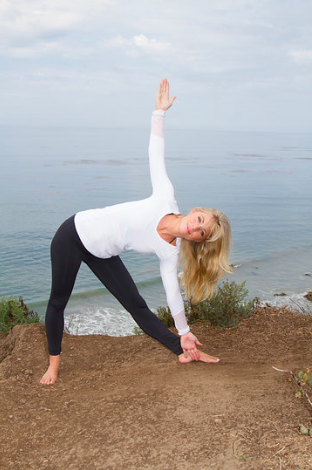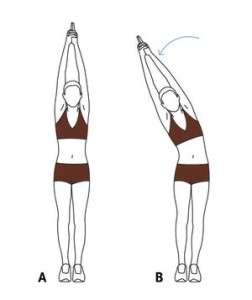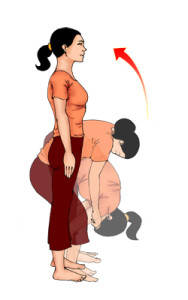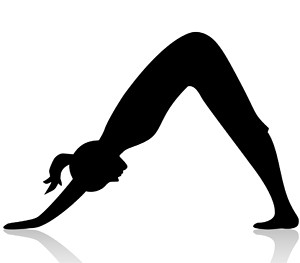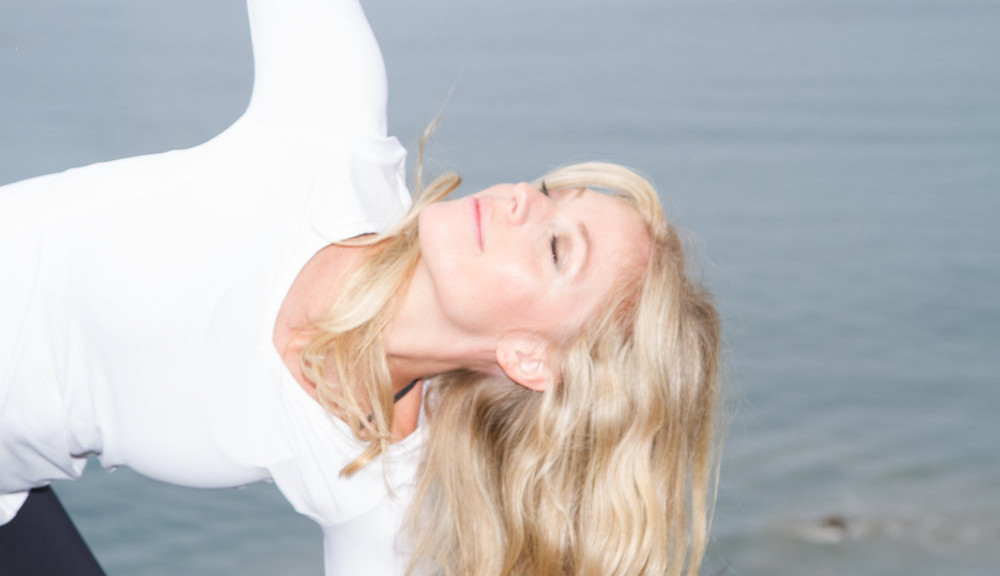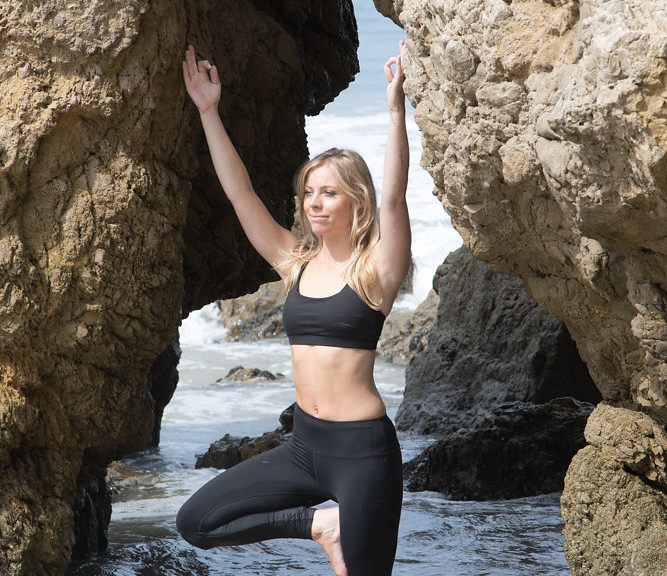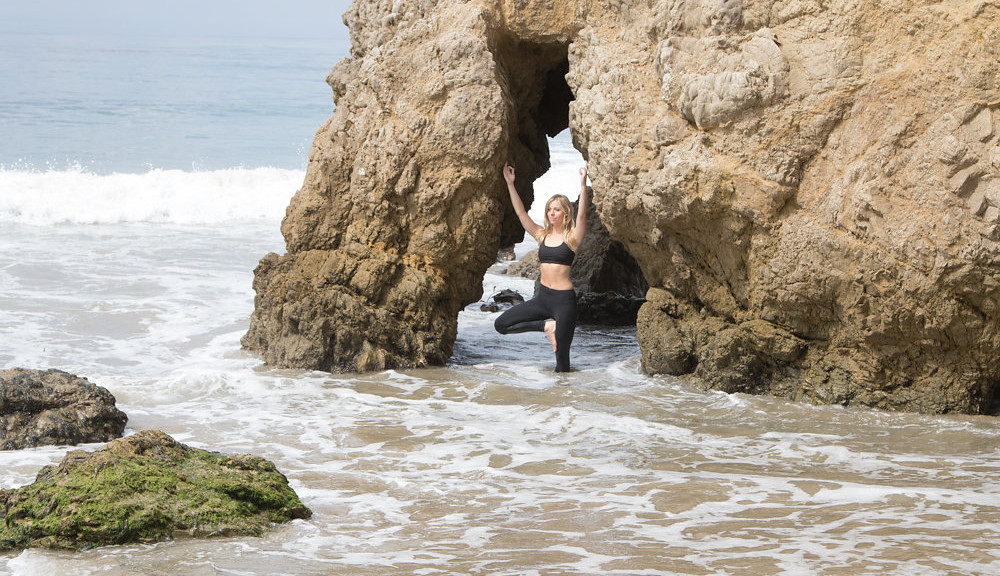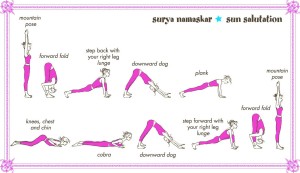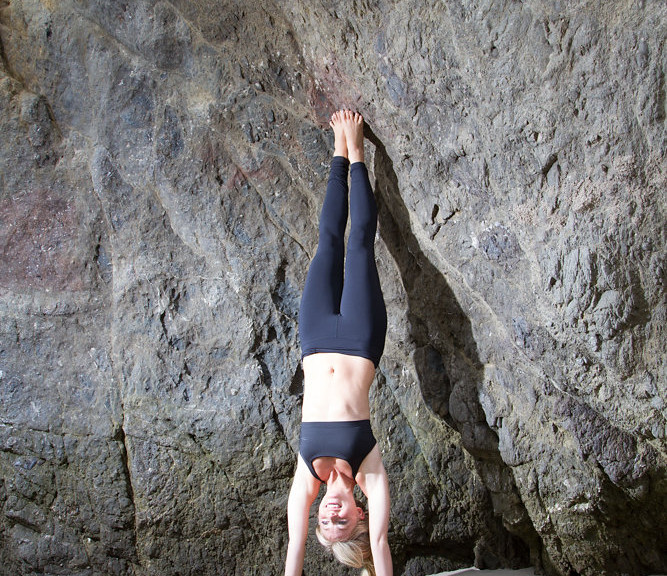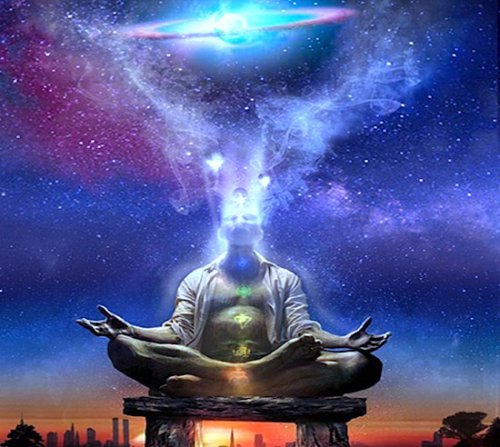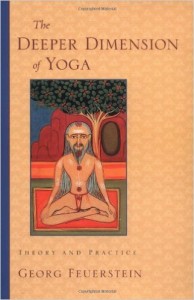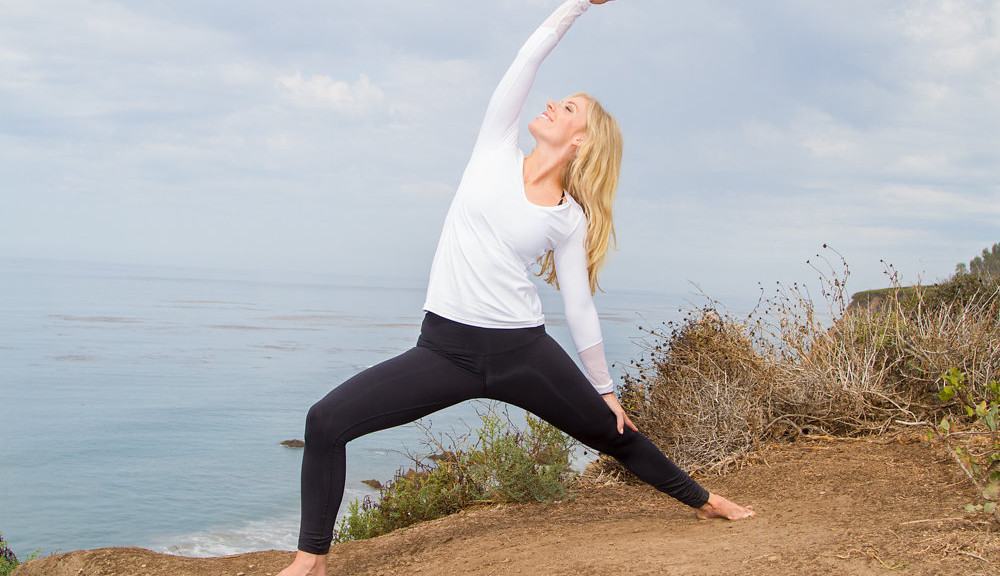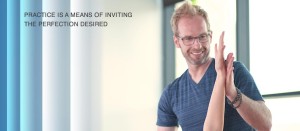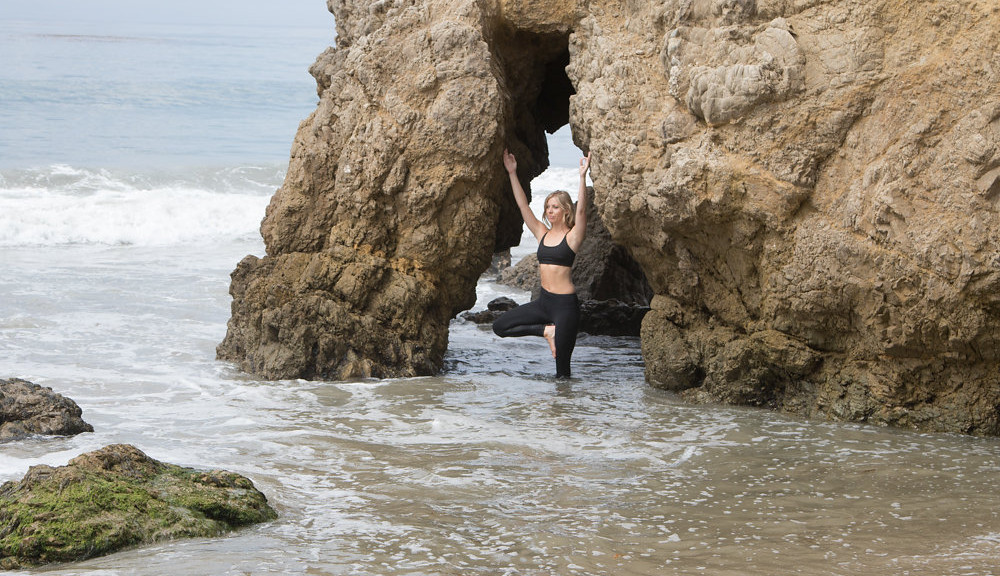Happy Chinese New Years!
After attending a workshop by spiritual leader Todd Savvas I learned that this Chinese new year (although has many promising blessings) happens to also mean I will be visited by the Energy Reducing Star. After sleeping an unusual amount last week I already feel it’s affects taking hold. What’s a gal like me to do?
Yoga of course!
Do you feel low energy? (I usually feel a lull in the late afternoon). But have no fear, instead of reaching for a cup of coffee, there are great yoga poses that bring an uplifting energetic effect!
Side Body Stretches
Here with the arms raised over head and gently leaning to one side, begin to open the ribs. Lengthening and creating space here opens up the intercostals along the side body and can create an uplifting effect. Be mindful that your shoulders don’t tilt down towards the floor, keep the side body long and open. Be gentle with the stretch do not over do it. I like to take deep breathes to help open up my lungs, deeper breaths = more oxygen = more energy!
Spinal Rolls
After lengthening and breathing into each side I continue until I feel open and elongated (usally 2-3x). I like to follow this side stretch with spinal rolls. This helps tension melt away from the body because the body needs to fully relax in order to roll up and down.
Easy Pose
After this pose you can gently come into Sukasana, easy pose. Sit with your legs crossed and spine lengthens through the crown of your head. Inhale one arm up and over as the other supports you on the ground. Gently repeat a few times on each side.
From here, gently come onto you hands and knees into a table top position. Inhale the hips up to the sky and end with Adho Mukha Svanasana (downward dog). Try to stay in this pose for at least three long smooth slow inhales and three long smooth and slow exhales. Here the blood and the lymph nodes will be affected by the reverse of gravity. It benefits the heart by easing blood flow to the brain. It also can change your perspective and lift your mood.
Side body stretches and Down Dog are great preparatory poses for our final asana, which is Handstand. (If you are a beginner then I recommend staying in down dog). Hand stands are a wonderful way to change your mood and energy! I’ve never seen someone come out of their handstand without a smile! And remember you can always do this next to a wall for support.
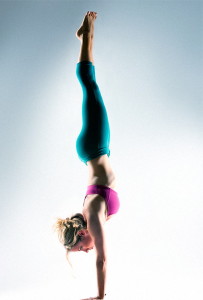
This 10-15 minute mid afternoon routine is a sure way to help increase energy and vitality in the mind body and spirit. Of course you can also do it at any time and be sure to finish with a nice peaceful meditation (even if it is a short one). It will help you focus on what you really need to achieve!
Namaste!
Kyle Elizabeth
